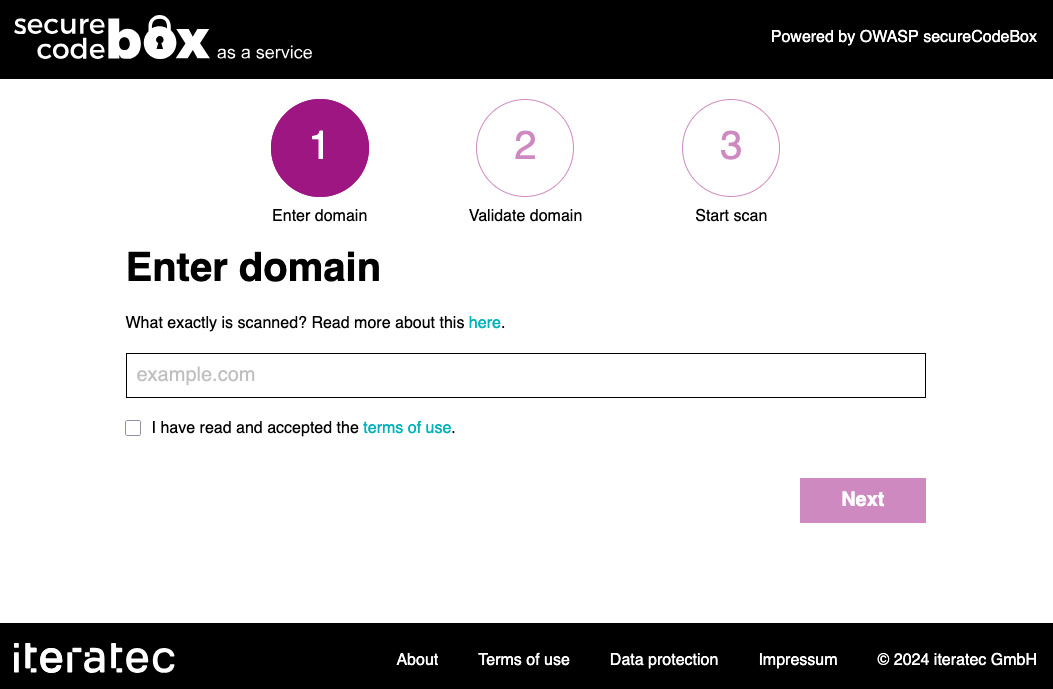
Cover photo by Bill Fairs on Unsplash.
Maybe you've heard from the shiny new CPUs from Apple: Silicon. Besides the good things (low power consumption, less fan noise) they have not so shiny drawbacks. One ran into is the problem of running containers built with/for x86 architecture. Yes, the problem itself is completely solved: Multi arch images. But, not every project builds them. No, I'm not looking at you DefectDojo 😉 BTW secureCodeBox provides multi arch images 🤗 So, I tinkered around with my Mac to get our secureCodeBox setup with DefectDojo up and running on Silicon Macs. Since there was not much help out there in the Internet I use this post to summarize the steps to get it run, for later reference.





 Cover photo by
Cover photo by